What vegetables have seeds?
What vegetables are a pain in the butt to clean around the seeds?

We’ve all gotten there.
You’re making dinner, you get to the part where you have to de-seed your cucumber or zucchini, and you’re like, “WHY DID I BUY THIS?”
You start internally cursing your grocery store for not having seedless veggies, and hating on whomever created this MESS.
But fear not! There’s a way to make it easier.
The next time you’re at the grocery store and dreading de-seeding your veggies, just check out our list of common veggies with seeds below.
When you see something that looks tasty but has seeds, just go back to our list and decide whether it’s worth it.
Here’s the list of 19 common veggies with seeds:
- Tomatoes
- Peppers
- Eggplants
- Cucumbers
- Carrots
- Cauliflower
- Beets
- Lettuce
- Muskmelons
- Peas
- Garlic
- Pumpkin
- Beans
- Okra
- Squash
- Avocado
- Green beans
- Coccinia
- Bottle gourd
What Vegetables Have Seeds? (19 Veggies with Seeds)
Some vegetables grow from bulbs, some grow from roots or tendrils, and others?
They just pop out of a seed.
Curious to know what veggies are in that last category?
Well, sit back and relax, because we’re about to tell you about 19 common vegetables with seeds.
1. Tomatoes
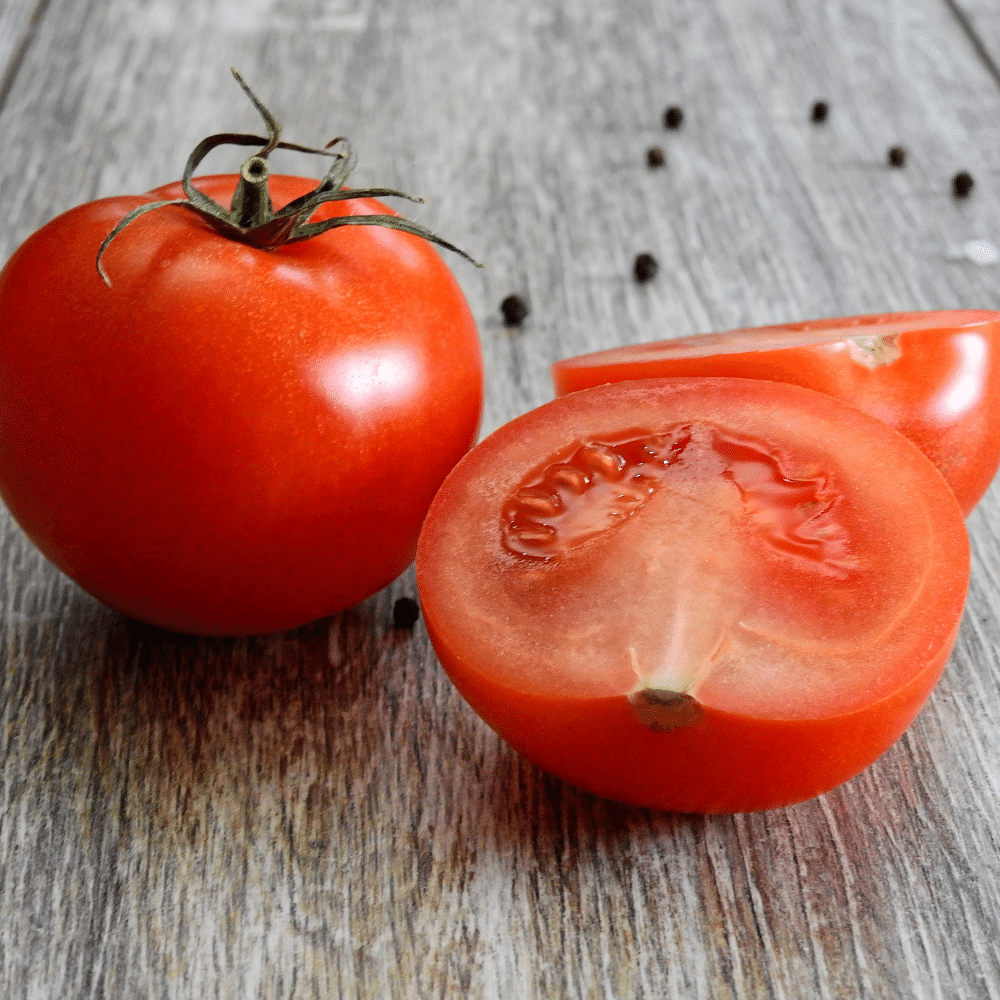
Did you know that tomatoes have seeds in them? It’s true!
Here are some fun facts about the seeds of the tomato:
Tomato seeds are a really great source of nutrition, and they’re delicious!
You can enjoy them with many different things.
Next time you cut open a tomato, don’t throw away the seeds—save them for later so you can savor the tiny little nuggets that make up this tasty fruit.
2. Peppers

Peppers are a vegetable that have seeds in them.
They can be sweet or spicy, and they can be red, yellow, orange, green, or purple.
Peppers are good for you because they have lots of vitamin C.
The best way to eat peppers is to slice them up and make them into a salad or put them on a sandwich.
The seeds of a pepper are the main ingredient in chili powder and hot sauces.
They do not have to be cooked or prepared in any way before they’re used to make these condiments.
3. Eggplants

Quite a few veggies contain seeds.
One of the most interesting of these is the eggplant! Eggplants are a type of berry and their seeds are edible.
In fact, they are quite nutritious and contain many minerals and vitamins.
Eggplants variety from small and round to large and oblong–there’s no limit to what they can be!
4. Cucumbers
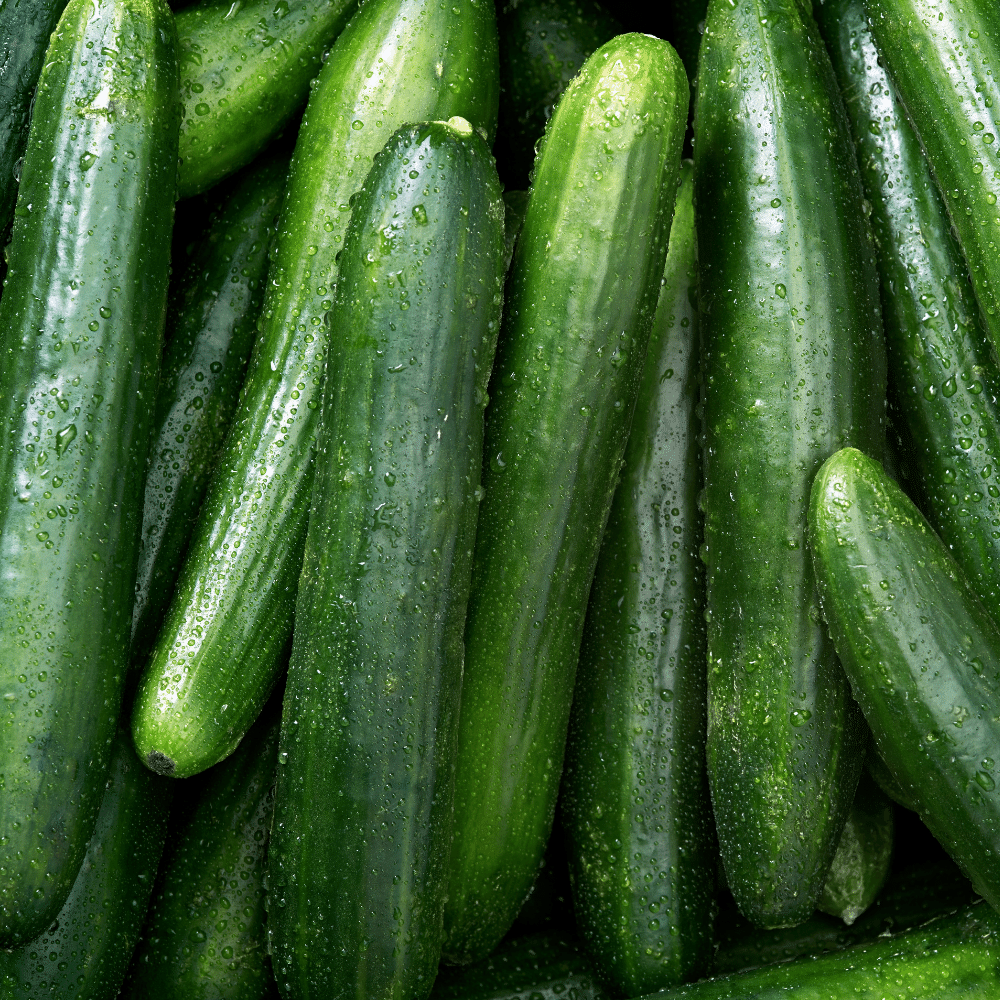
Cucumbers are green, long and cylindrical in shape.
You can eat them raw or pickle them.
They might be sliced into half-moons and served on a salad, or they might be diced up and added to chicken salad.
But no matter how they’re prepared, they’ll always have their characteristic crunchy texture and refreshing taste.
Besides being eaten raw, cucumbers can also be made into juice or fermented into pickles with the addition of salt water.
What a versatile vegetable!
So next time you’re at the grocery store and see cucumbers, don’t forget to think about the versatility of this seed-filled vegetable!
5. Carrots

One of the most under-appreciated parts of a carrot is actually the little seeds you can find near its ends.
These seeds are edible and can make a really great salad ingredient.
They taste a lot like cumin, so they go well with cilantro and lime juice, as well as other salad ingredients that have this earthy flavor, such as tomatoes and cucumbers.
Try them in dressings, too—they work well with tahini!
And if you don’t want to eat the seeds—no problem!
Just put them in your garden for next season’s crops.
6. Cauliflower
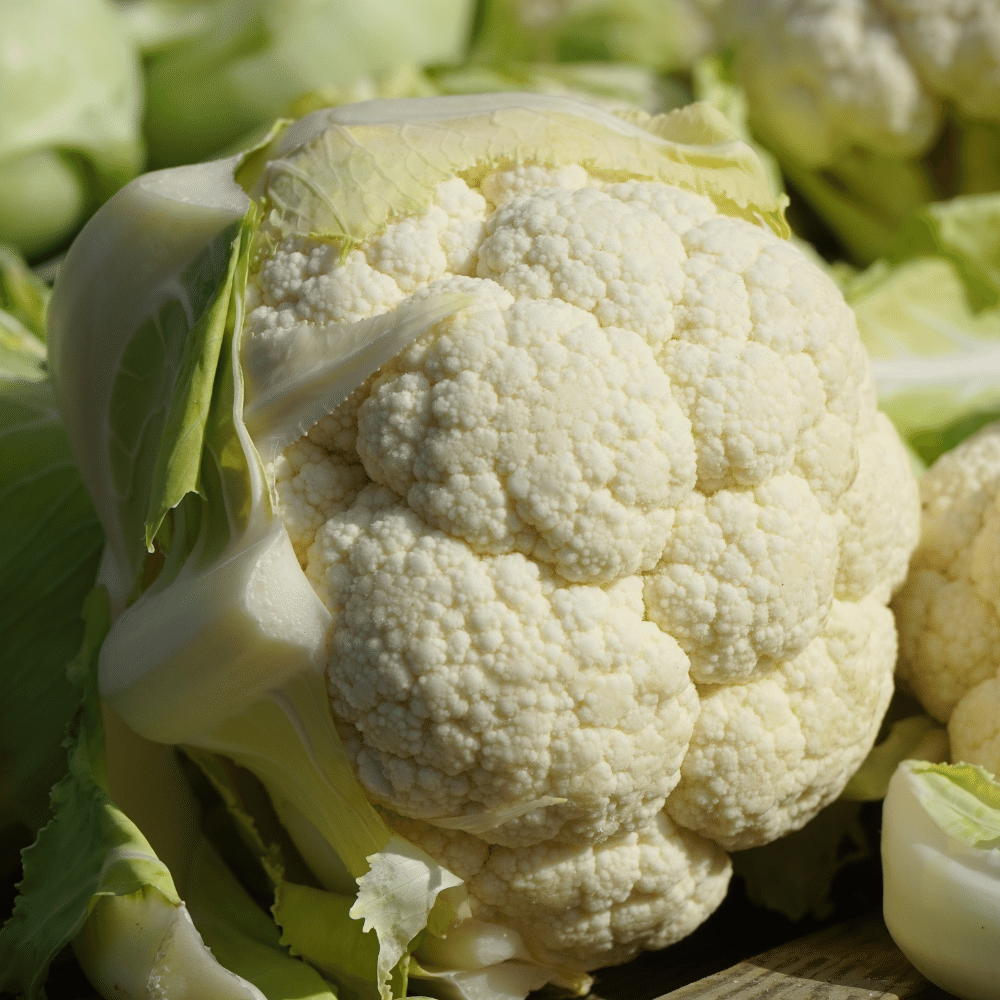
Have you ever wondered what you could do with the seeds in cauliflower?
If so, read on!
Your options for using cauliflower seeds are practically endless.
You can eat them. You can dry them, grind them into a powder, and add them to smoothies.
You can press them into an oil that has the same health benefits of olive oil, but with a milder taste.
You can make them into a lotion that treats your skin just right!
Additionally, cauliflower seeds are packed with vitamins and minerals like vitamin B6, vitamin C, manganese, and fiber—so you’ll get all kinds of healthy benefits if you eat them raw or dried and ground into a powder.
7. Beets

You can do some really cool things with beet seeds!
You can eat them, for one.
They’re delicious on their own and in a bunch of different recipes—try crushing them and adding them to a salad or sprinkling them on top of an avocado toast.
But the best thing about beets is that you can use the seeds to grow more beets!
That’s right: if you plant their seeds, you’ll get more beets!
It’s like magic.
Plus, because they’re so easy to grow, they’re a great choice if you want to get your kids into gardening.
You don’t have to convince them to eat something bland and gross: just show them how much fun it is to grow something themselves and then let them eat it!
8. Lettuce
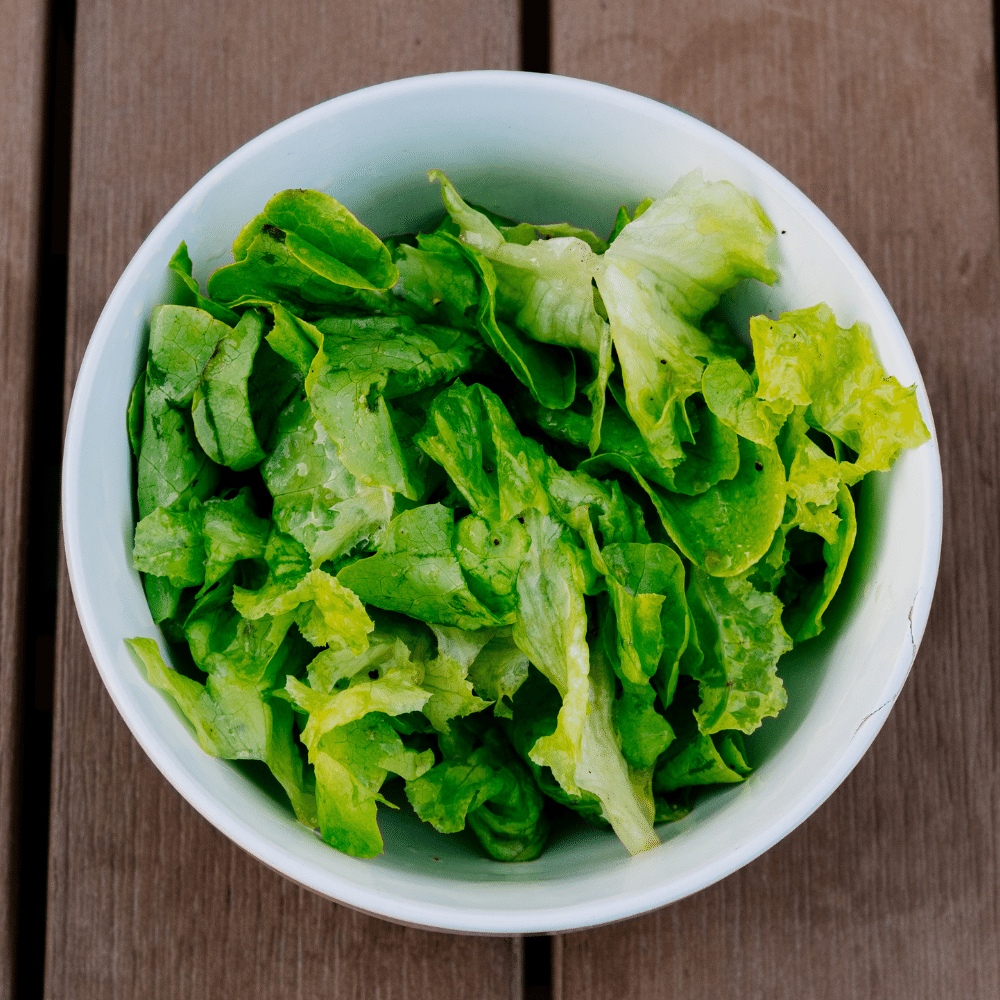
Lettuce is a great vegetable to use as a base for your salads, or even as a sort of wrap or tortilla.
But did you know that you can use the seeds in your cooking, too?
For example, you can sprinkle lettuce seeds in soups or on top of pizza to add some flavor.
For the best flavor, try using lettuce seeds that are still green, rather than dried.
9. Muskmelons
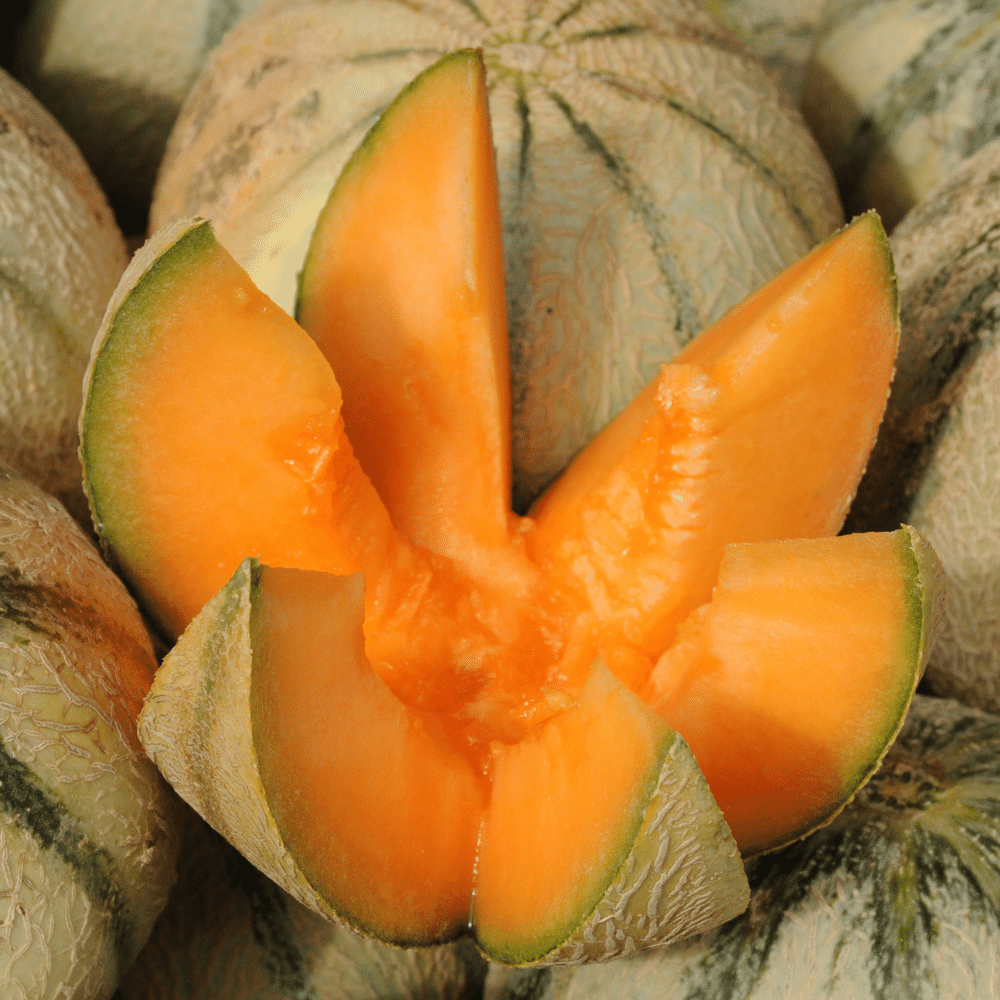
Muskmelons are a type of fruit that have seeds in them.
The seeds are edible, and if you eat them, you will get some great nutrients into your diet.
You can roast the seeds and add salt for a crunchy snack, or if you’re feeling like something different, try the seeds in pesto!
If you have a great recipe for muskmelon seed pesto, tell us about it in the comments!
10. Peas
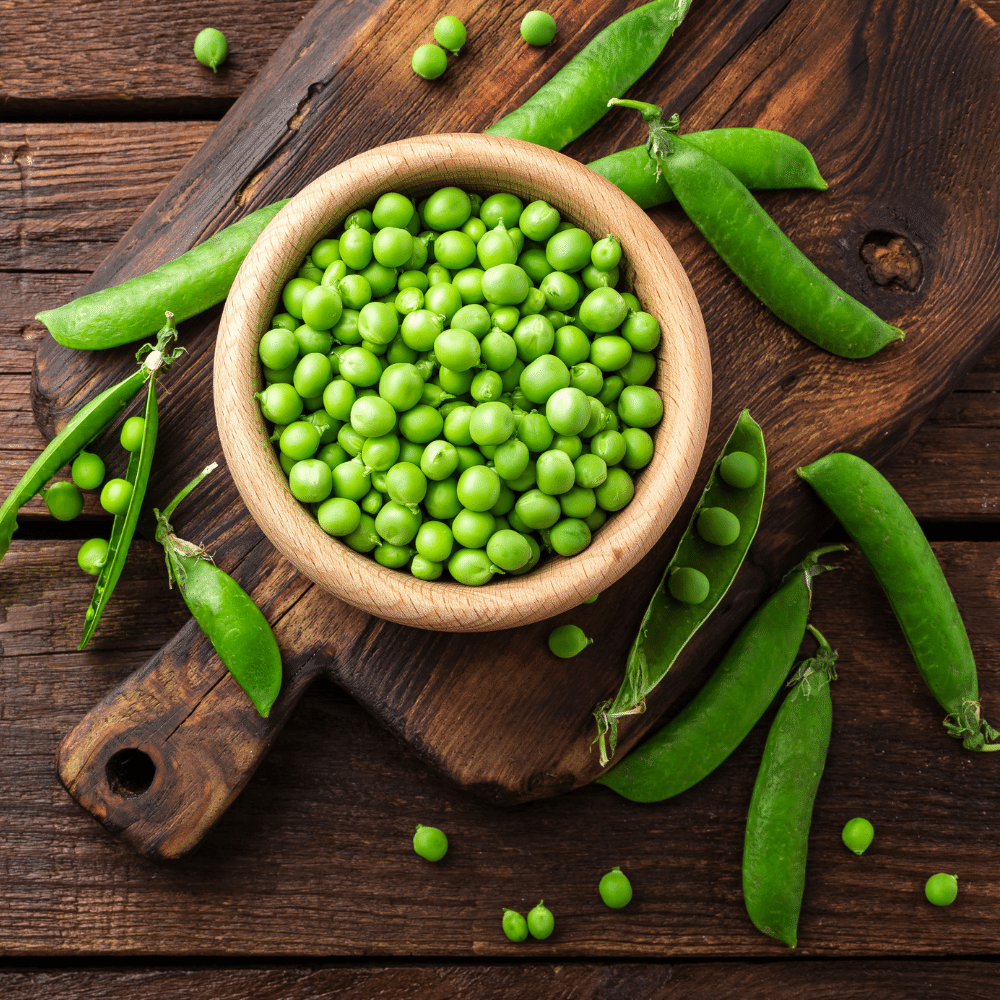
With peas, you can do a lot of things.
First of all, you can plant them.
If you’re looking to start your own little veggie patch, then peas are a great way to go.
They grow quite quickly and will give you a nice crop in no time.
But if gardening’s not your thing, then don’t worry because there’s lots of other things you can do with the seeds as well.
You can take those seeds and roast ’em up with some salt and pepper, or put them in a nice salad to add some crunch.
You can even grind them up and make an awesome pesto!
11. Garlic

Garlic is a vegetable that has seeds in it.
You can eat garlic, and you can use the seeds to make more garlic plants.
You can also put the seeds in a trail mix for added crunch and flavor!
Garlic is a member of the allium family, which includes onions, leeks, shallots, scallions, and chives.
Garlic makes an excellent ingredient for many recipes because of its strong flavor.
It is said to have medicinal properties as well: some people use raw garlic to treat colds or other ailments.
12. Pumpkin

Pumpkins are one of the best vegetables to buy and use this season, because not only do they make for a super-fun and decorative fall decoration, you can also eat them!
You can scoop out the inside of a pumpkin and roast it, which makes a tasty side dish and is a great way to use up all that extra pumpkin meat.
You can also use the seeds to make a delicious snack: just clean them off, spread them on a baking sheet, and bake them in your oven at 350 degrees Fahrenheit for about 45 minutes.
They’re so delicious and good for you!
13. Beans

Beans are seeds, and they are one of the most popular vegetables in the world.
There are more than 100 types of beans, including pinto beans (which turn pink when cooked), black-eyed beans, and kidney beans.
They are an important part of vegetarian diets because they contain a lot of protein.
They can be used to make soups and stews.
Many different cultures have their own special bean dishes.
In traditional American cuisine, they are often served with rice or cornbread.
Mexican cuisine also uses beans in many of its dishes.
14. Okra
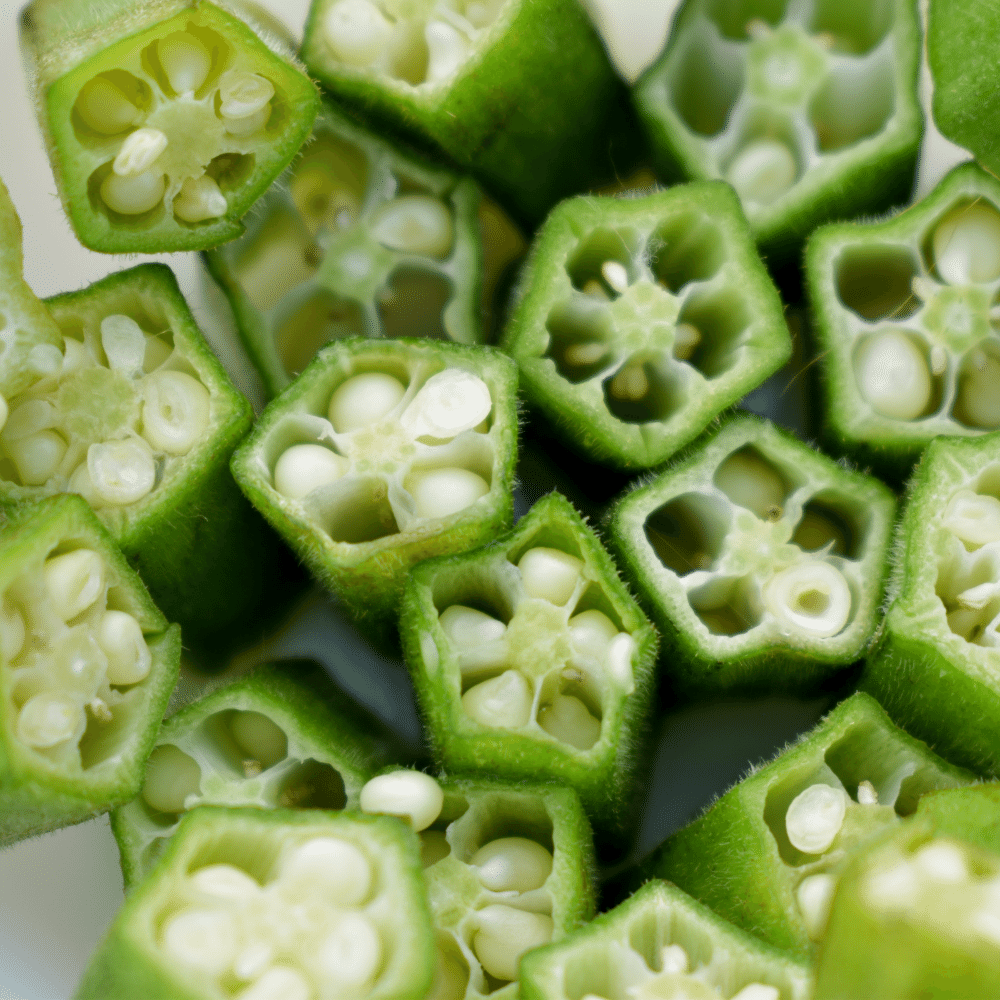
Okra is a vegetable that is not only delicious and nutritious, but also contains seeds that you can use to grow more okra plants.
As a vegetable, okra has a uniquely slimy texture when it’s cooked. But don’t be put off by the slime!
Okra is incredibly versatile and can be prepared in so many different ways: fried, stewed, pickled, or even dried and ground into powder.
The possibilities are endless!
But did you know that okra is also good for growing more okra?
That’s right—okra contains seeds that you can use to grow up to five pounds of your very own okra at home.
Just soak the seeds overnight in cool water, then plant them in rich soil two inches deep and about three feet apart.
15. Squash

If you buy squash with seeds in it (like acorn or butternut squash) you can save the seeds, then rinse and dry them, spread them on a baking sheet, drizzle them with oil, add some salt and pepper, and bake them at 300 degrees for 30 minutes.
You’ll have a delicious snack that’s packed with vitamins!
16. Avocado

There are so many things you can do with avocado seeds!
You can use them to grow your own avocado tree, of course, which is super fun.
But that’s not the only thing you can do with them.
You can also use them to make tea or smoothies, or grind them up and add them to your skincare products for a little extra glow.
They’re full of antioxidants and fiber and healthy fats, so by eating the seed you’re getting even MORE nutrients from your avocados than you thought!
17. Green Beans
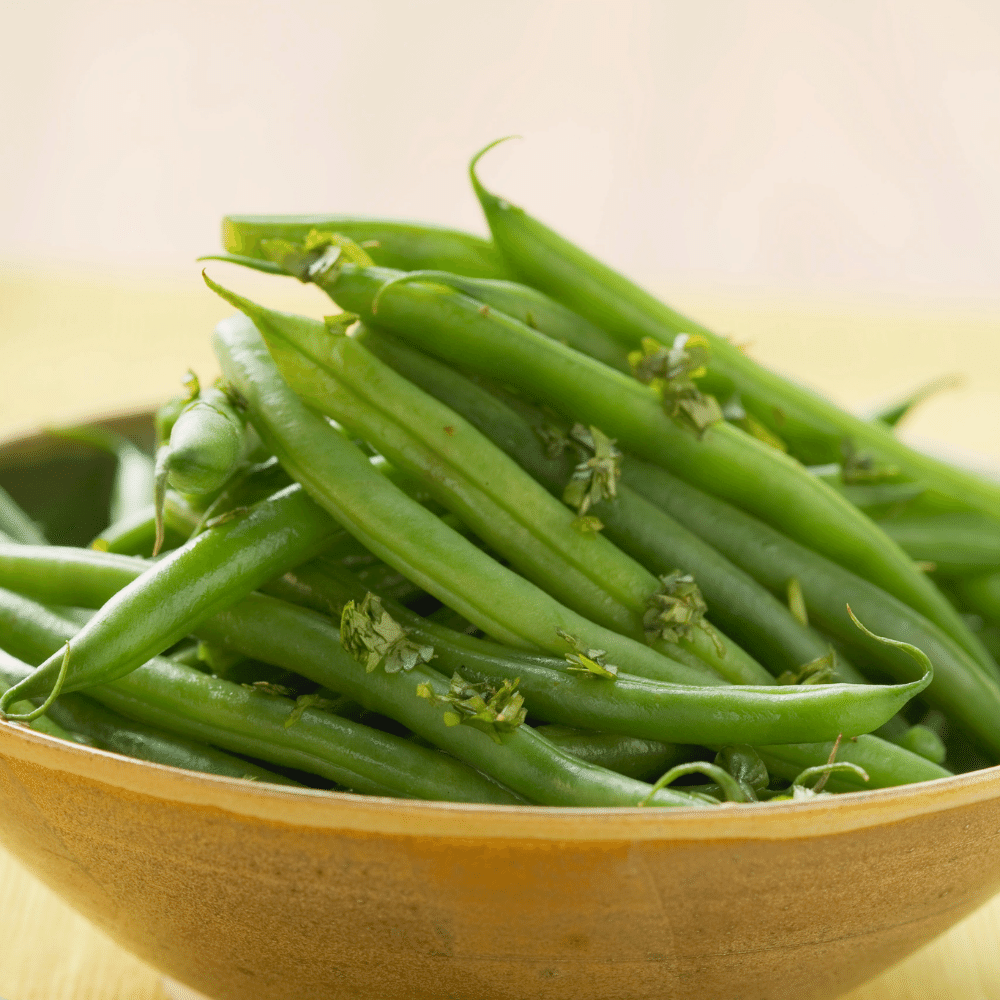
Green beans (See Also: recipes using canned green beans) are a very versatile vegetable.
Not only can you roast them in the oven, or steam them for a side dish, or use them as part of an incredible soup, but you can also save their seeds!
Green bean seeds are edible and delicious when roasted.
So next time you’re making some green beans, consider roasting the seeds and saving them to top your next salad!
18. Coccinia
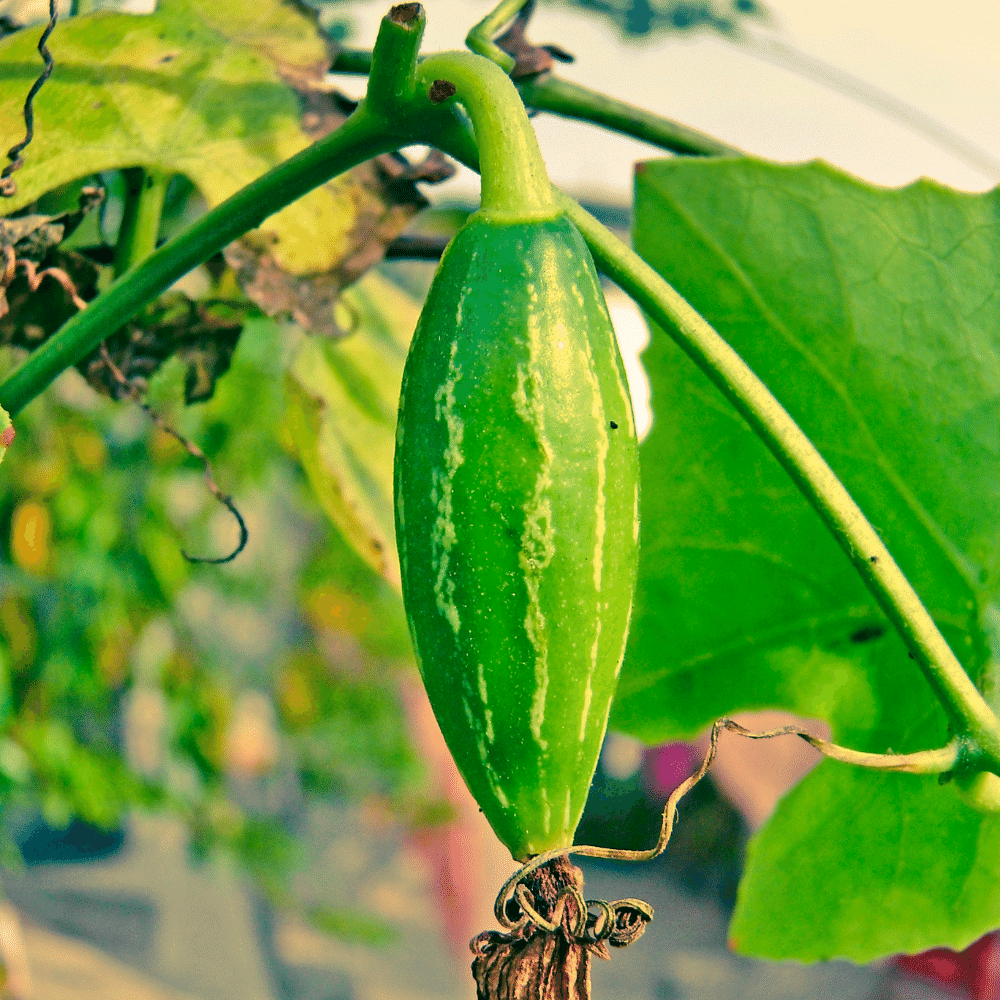
Coccinia is a vegetable that grows at the foot of mountains.
It has green leaves and little orange flowers, and it actually tastes a lot like squash!
When you cut one open, the seeds are just there, sitting on top of the flesh.
You can eat them raw, or roast them for something that really pops.
19. Bottle Gourd

Bottle gourd is a great example of a vegetable that has seeds in it.
It is easy to eat the fruit of the plant, but if you don’t want to eat the seeds, they usually fall out easily.
If you want to save the seeds, though, they can be dried and then used for growing more bottle gourds!
Why Do Vegetables Have Seeds?
Vegetables are the non-sweet fruits of flowering plants, which means that they have seeds in them because they evolved as seed-bearing structures.
You might be more familiar with sweet fruits, like apples, pears, and plums. They are also the non-sweet fruit of a flowering plant. They contain seeds—but since the seeds are so small we might not think of them as “seeds” at all. They look more like bits of pulp to us.
So when we see vegetables like beans, squashes and tomatoes, we recognize their seeds more easily.
What Is a Seed?
A seed is the basic unit of reproduction in a plant. Seeds contain the embryonic form of a new plant, and they are encased in a protective shell that stores nutrients to sustain the developing plant.
The formation of seeds is part of the process of reproduction in seed plants, including gymnosperm and angiosperm plants. This process is also called spermatophyte reproduction.
When conditions are right, the seed will germinate, or sprout. At this point, a new root begins to grow downwards towards water and nutrients, while the shoot grows upwards towards sunlight.
In other words…
As a new plant grows from a seed, it will first emerge as a tiny sprout, which is called the radicle.
The radicle will develop into the roots of the plant, while other parts will grow upward to become stems and leaves.
Once a plant sprouts from its seed, it can continue to grow and eventually produce its own seeds, which can be harvested for future use.
How Do Vegetables Produce Seeds?
Vegetables produce seeds when the flowers that grow from the vegetable plant are pollinated by wind, insects, or other means.
Once a flower is pollinated, it grows a fruit.
The fruit develops and matures, and the mature fruit contains a seed.
This seed can be planted to grow a new vegetable plant.
What Is the Purpose of Seeds in Vegetables?
The purpose of seeds in vegetables is to reproduce.
Seeds are a way for plants to create new plants, which is how they grow and spread out.
While some people might eat the seeds off of their vegetables, most people do not eat the seeds and instead dispose of them or put them in a compost pile, where they will biodegrade.
What Does a Vegetable Seed Look Like?
Seeds can come in all sorts of shapes, sizes, and colors.
They are typically round or oval, but can be flat, ridge-shaped, or even winged.
They range from the size of a grain of sand to the size of an apple and can be brown, white, black, gray, yellow, peach, red, green—you name it!
They’re often covered in protective layers called seed coats.
These are usually hard and dry to protect the seed inside.
The shape and color of seeds is dictated by their environment—scientists believe it’s an evolutionary response that helps them adapt to their surroundings.
For example:
- Smaller seeds float more easily than larger ones, giving them more opportunities to get carried away by wind or water. This is helpful for plants that thrive in wet climates like marshes and rainforests!
- Lighter-colored seeds soak up sunlight better than darker ones do. This helps them grow faster in cold weather before winter comes around again!
Why Does a Seed Grow Into a Plant?
A seed grows into a plant because that’s what it’s designed to do.
When a plant reproduces, it needs to make sure that the next generation of plants has everything it needs to grow and thrive.
So when the plant creates seeds, it creates them with all the nutrients and instructions for growth packed in.
The seeds are designed to protect those nutrients and instructions from extreme temperatures, moisture, insects, animals, etc.
So when conditions are right—meaning there is enough water, sunlight and other resources—the seed can start using its stored energy to break itself down and sprout roots or leaves (or both).
This process of breaking down stored energy—from the seed’s cotyledon or endosperm—is called germination.
The cotyledon goes on to become the first leaves of the plant while the endosperm becomes the plant’s first food source until photosynthesis kicks in so that the plant can start making its own food!
Hi, I'm Benjamin. I love cooking, long walks, and my girlfriend! Here you’ll find simple and delicious recipes that you can make in 30 minutes or less.

